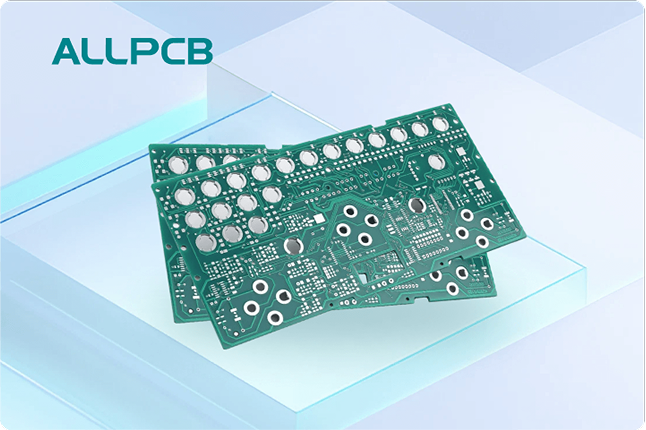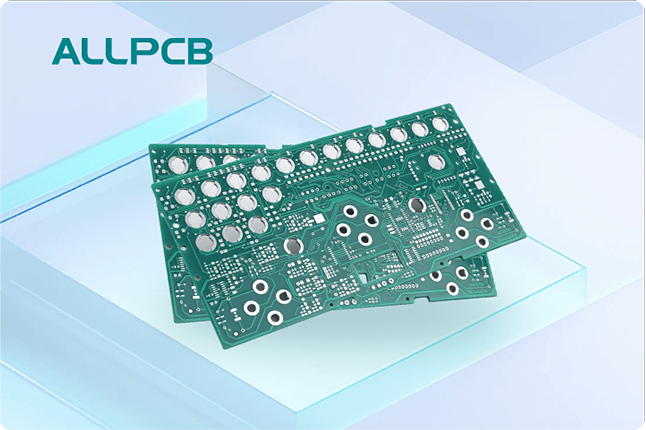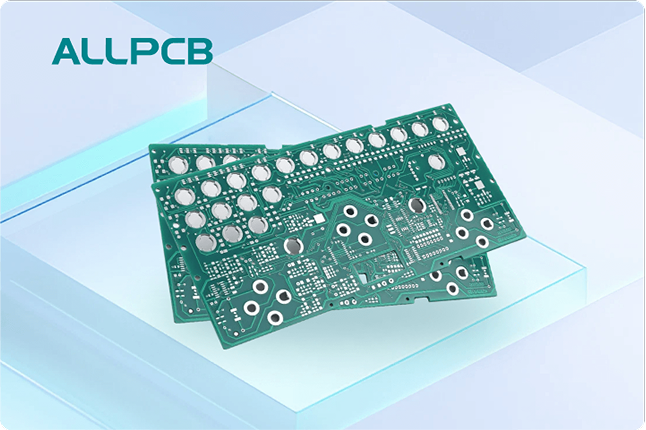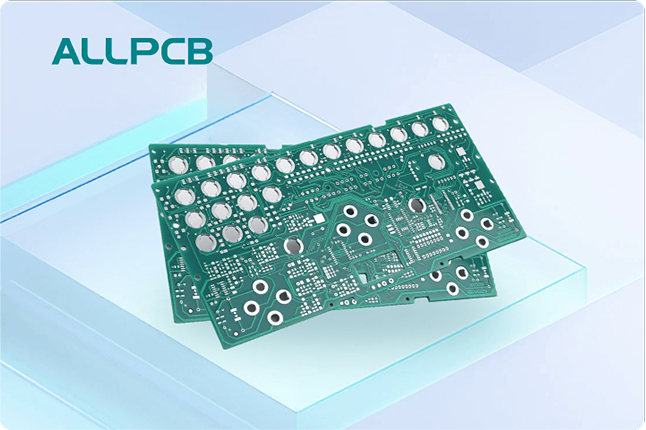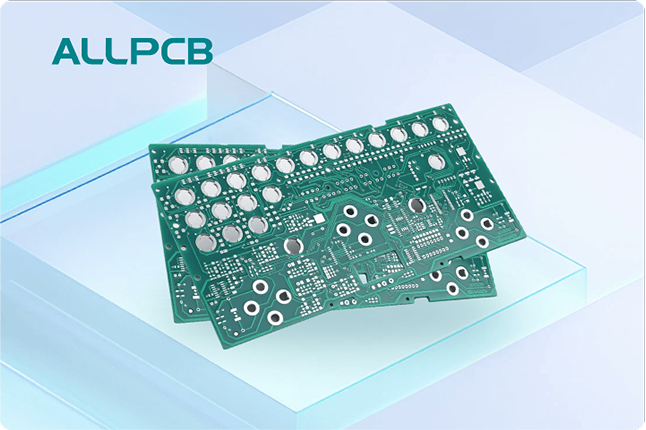In the world of flex PCB manufacturing, copper etching is a critical step, but it often results in significant waste. If you're searching for ways to manage this issue, the answer lies in sustainable practices like copper recovery from flex PCB etching, etching waste reduction for flex PCBs, and adopting copper regeneration systems for PCB manufacturing. This blog post dives deep into these solutions, offering practical techniques and insights into sustainable etching chemicals for flex PCBs and flex PCB waste management solutions to help you minimize waste and boost eco-friendly production.
Why Copper Waste Matters in Flex PCB Etching
Flex PCBs, known for their lightweight and adaptable design, are essential in industries like consumer electronics, automotive, and medical devices. However, the etching process, which removes unwanted copper to create circuit patterns, generates substantial waste. This waste, often in the form of spent etching solutions, contains dissolved copper and harmful chemicals. If not managed properly, it can harm the environment and increase production costs due to material loss.
Reducing copper waste isn't just about environmental responsibility; it also makes economic sense. Recovering copper from etching solutions can lower raw material expenses, while sustainable etching practices reduce disposal costs and regulatory risks. With global waste etchants from PCB production exceeding billions of liters annually, adopting greener methods is more urgent than ever.
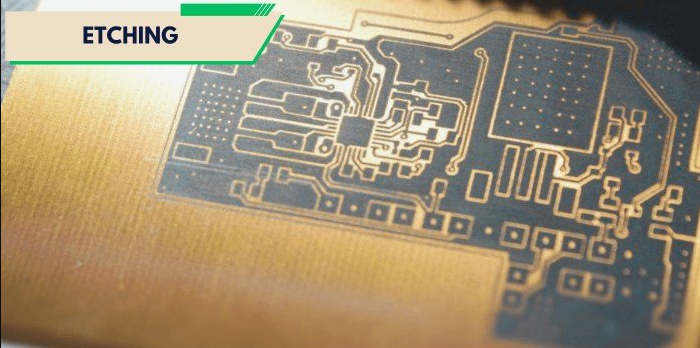
Understanding the Flex PCB Etching Process and Waste Generation
Etching in flex PCB manufacturing typically involves applying a chemical solution to a copper-clad laminate to dissolve excess copper, leaving behind the desired circuit pattern. Common etchants include cupric chloride, ferric chloride, and nitric acid-based solutions. While effective, these chemicals create waste solutions loaded with dissolved copper—often between 10-15% copper content in some industrial processes.
This waste poses challenges. Improper disposal can contaminate water sources, while the loss of copper represents a missed opportunity for material reuse. For manufacturers, finding ways to tackle etching waste reduction for flex PCBs is a priority to comply with environmental regulations and improve cost efficiency.
Copper Recovery from Flex PCB Etching: A Game-Changer
One of the most promising solutions for managing copper waste is copper recovery from flex PCB etching. This process involves extracting dissolved copper from spent etching solutions for reuse in manufacturing or other applications. Here's how it works and why it matters:
- Extraction Methods: Techniques like solvent extraction and electrolysis are widely used. Electrolysis, for instance, uses an electric current to deposit copper from the solution onto a cathode, achieving recovery rates of up to 99% in some systems.
- Benefits: Recovering copper reduces the need for virgin materials, cutting costs by as much as 20-30% in raw material procurement for some manufacturers. It also minimizes environmental impact by reducing hazardous waste.
- Scalability: Modern recovery systems are designed to handle large volumes, making them suitable for both small-scale and industrial flex PCB production.
By integrating copper recovery systems, manufacturers can turn waste into a resource, aligning with sustainable production goals.
Etching Waste Reduction for Flex PCBs: Practical Strategies
Beyond recovery, reducing waste at the source is crucial. Etching waste reduction for flex PCBs can be achieved through several actionable strategies:
- Optimizing Etchant Use: Using precise amounts of etchant minimizes excess solution. Advanced spray etching systems, for example, can reduce etchant consumption by up to 15% compared to traditional dip methods by targeting specific areas of the board.
- Recycling Etchant Solutions: Some systems allow for the regeneration of etchants like cupric chloride. By restoring the chemical's effectiveness, manufacturers can reuse solutions multiple times, cutting waste by nearly 50% in certain setups.
- Process Monitoring: Real-time monitoring of etching parameters, such as temperature and solution concentration, ensures efficiency and prevents overuse of chemicals, further reducing waste.
These strategies not only lower waste but also improve the overall efficiency of the etching process, saving time and resources.
Sustainable Etching Chemicals for Flex PCBs: Greener Alternatives
Traditional etching chemicals, while effective, often pose environmental risks due to their toxicity. Switching to sustainable etching chemicals for flex PCBs is a forward-thinking approach to minimize harm. Here are some alternatives gaining traction:
- Sodium Persulfate: A less toxic alternative to ferric chloride, sodium persulfate offers effective etching with reduced environmental impact. It's particularly suitable for small-scale or prototype flex PCB production.
- Hydrogen Peroxide-Based Solutions: Combined with sulfuric acid, hydrogen peroxide provides a cleaner etching process. It breaks down into water and oxygen, leaving minimal harmful byproducts.
- Biodegradable Additives: Some modern etchants incorporate biodegradable components that reduce toxicity in waste solutions, making disposal safer and easier.
Adopting these chemicals can significantly lower the ecological footprint of flex PCB manufacturing while maintaining high-quality results. However, manufacturers must balance performance with cost, as some sustainable options may have higher upfront expenses.
Copper Regeneration Systems for PCB Manufacturing: Closing the Loop
Copper regeneration systems for PCB manufacturing take recovery a step further by not only extracting copper but also regenerating etching solutions for reuse. These closed-loop systems are a cornerstone of sustainable production. Here's how they work:
- Regeneration Process: After copper is extracted via electrolysis or chemical precipitation, the etchant solution is replenished with additives to restore its etching capability. For instance, cupric chloride solutions can be regenerated by adding hydrochloric acid and oxygen.
- Efficiency Gains: Studies suggest that regeneration systems can extend the life of etching solutions by up to 10 cycles, reducing chemical purchases by 40-60% over time.
- Environmental Impact: By reusing solutions, these systems drastically cut down on waste volume, addressing the global issue of billions of liters of spent etchants generated yearly.
For flex PCB manufacturers, investing in regeneration technology offers long-term savings and aligns with stricter environmental regulations worldwide.
Flex PCB Waste Management Solutions: A Holistic Approach
Effective flex PCB waste management solutions go beyond copper recovery and chemical alternatives. A comprehensive strategy includes:
- Waste Segregation: Separating copper-laden solutions from other waste streams ensures efficient recovery and reduces contamination risks during processing.
- Partnerships with Recycling Firms: Collaborating with specialized recycling companies can help manage waste that cannot be processed in-house, ensuring compliance with local disposal laws.
- Employee Training: Educating staff on proper handling and disposal of etching waste prevents accidental spills and improves recovery rates.
- Digital Tools for Waste Tracking: Using software to monitor waste generation and recovery metrics helps identify inefficiencies and optimize processes.
By adopting a multi-faceted approach, manufacturers can address waste at every stage of production, from etching to final disposal.
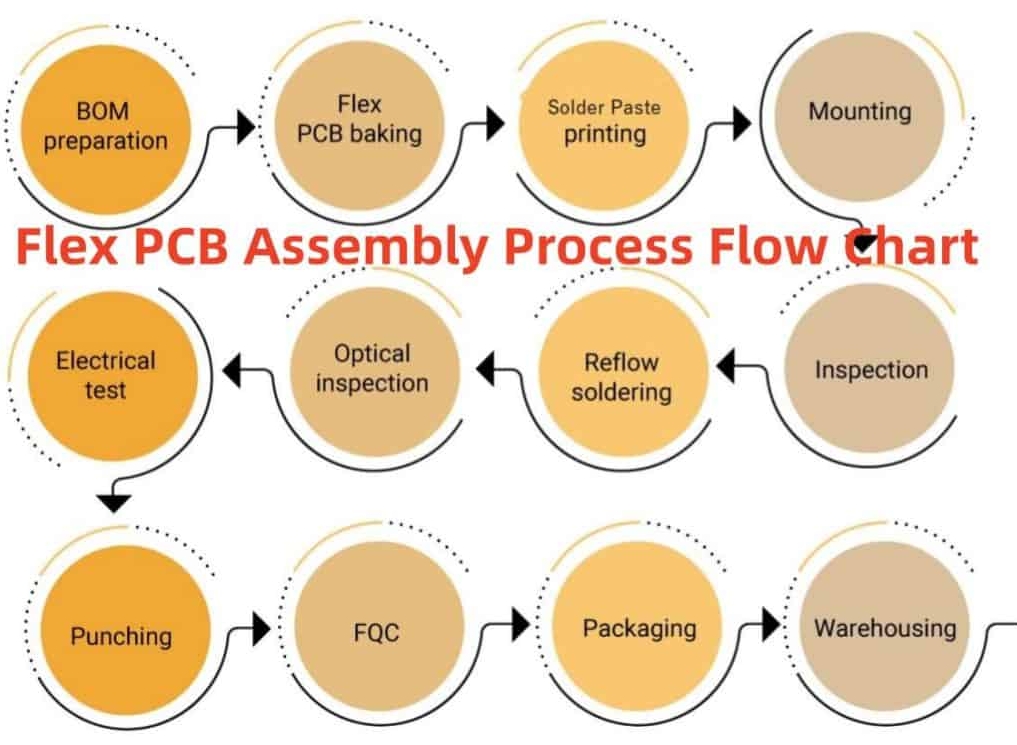
Challenges and Future Outlook for Sustainable Flex PCB Etching
While the benefits of copper recovery, waste reduction, and sustainable chemicals are clear, challenges remain. High initial costs for regeneration systems can deter small-scale manufacturers, with some setups requiring investments upwards of $50,000. Additionally, transitioning to greener chemicals may involve trial and error to maintain etching precision and quality.
However, the future looks promising. Advances in nanotechnology are leading to more efficient copper extraction methods, potentially reducing recovery costs. Governments worldwide are also offering incentives for sustainable manufacturing, which could offset expenses for adopting eco-friendly practices. As demand for flex PCBs grows—projected to increase by 6-8% annually in sectors like wearables and IoT—sustainable etching will become a competitive advantage.
Conclusion: Building a Sustainable Future in Flex PCB Manufacturing
Reducing copper waste in flex PCB etching is not just an environmental imperative but also a strategic move for cost savings and regulatory compliance. By focusing on copper recovery from flex PCB etching, etching waste reduction for flex PCBs, sustainable etching chemicals for flex PCBs, copper regeneration systems for PCB manufacturing, and flex PCB waste management solutions, manufacturers can create a more sustainable production cycle. These techniques, from electrolysis-based recovery to greener chemicals, offer practical ways to minimize waste while maintaining high-quality output.
At ALLPCB, we’re committed to supporting eco-friendly practices in PCB manufacturing. By adopting these methods, you can contribute to a cleaner planet and a more efficient production process. Start small with optimized etchant use or explore larger investments in regeneration systems—every step counts toward a greener future.
 ALLPCB
ALLPCB


